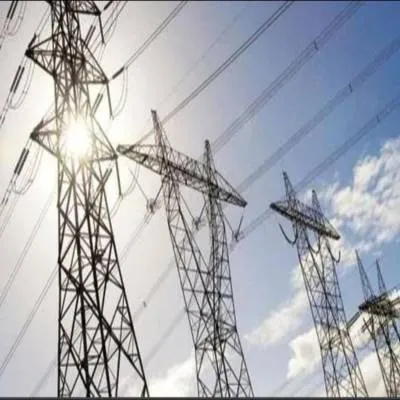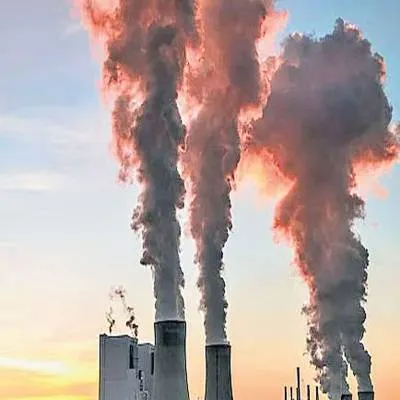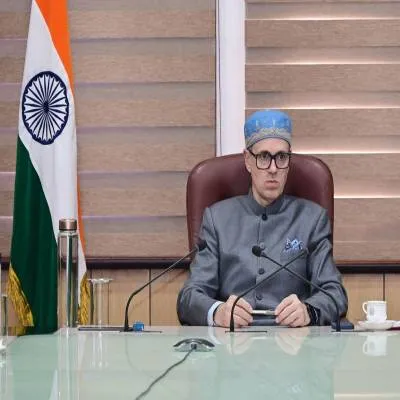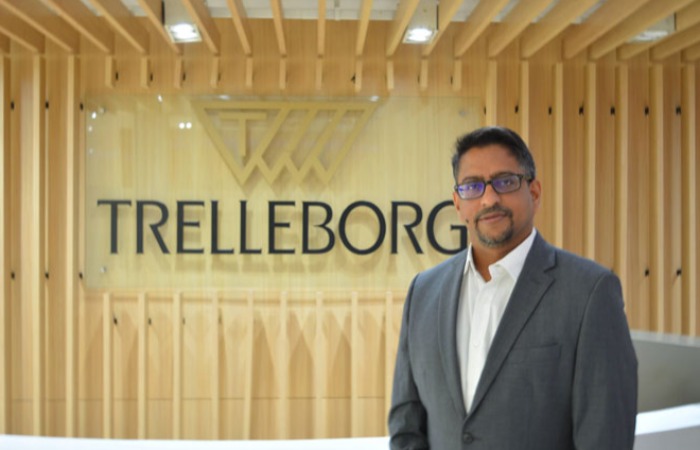Crushing Need!
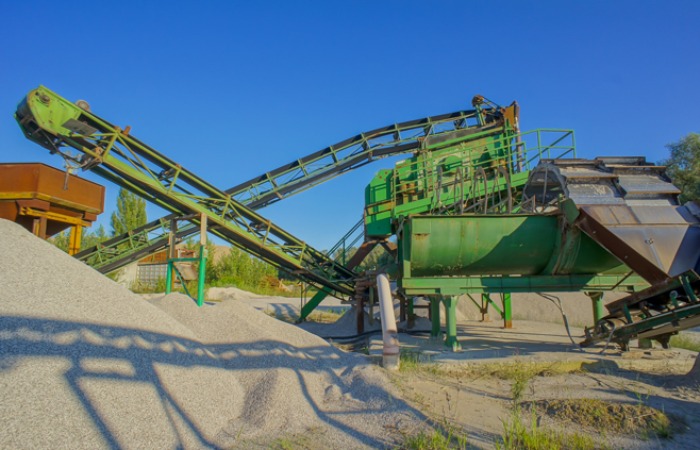
The demand for aggregates—the essential building blocks of infrastructure—is skyrocketing in India. Massive investments in highways, railways, metros, airports, and smart cities are fuelling the need for faster, more efficient, and environmentally responsible aggregate production. At the heart of this ecosystem lies crushing and screening equipment, the unsung workhorses that transform raw rock into the precise materials needed for construction.
Traditionally, crushers and screens have been perceived as heavy, fuel hungry machines operating in remote quarries. But technological advancements, coupled with shifting industry priorities, are redefining this sector. From digital integration and hybrid power systems to decentralised, mobile solutions, manufacturers are pushing the envelope to deliver equipment that is faster, smarter, and greener.
Market on the rise
India’s infrastructure boom, backed by government programmes like Bharatmala, PM Gati Shakti, and the Smart Cities Mission, has created robust demand for crushing and screening equipment. Road construction, railways, commercial real estate, and aggregate mining all require vast volumes of high-quality aggregates.

“The Indian infrastructure sector is stable, supported by strong government investments and policy direction,” says V Senthil Kumar, Managing Director, Propel Industries. “With a compound annual growth rate (CAGR) of 40 per cent in the previous financial year, Propel is fully prepared to meet a potential surge in both domestic and international demand.”
Echoing similar sentiments, Jaideep Shekhar, Managing Director, Terex India, observes, “India’s infrastructure and mining sectors are witnessing sustained growth. We’re seeing increased traction not just for standalone machines, but for complete mobile, modular, and application tailored process solutions that cater to higher throughput and tighter project timelines.”
For Piero Guizzetti, CEO of MB Crusher India, the shift is equally evident. “The demand is very real and growing steadily. Specific to our subcategory, the demand for mobile crushing systems is growing faster than that for stationary solutions. Contractors increasingly favour flexibility and speed of deployment, factors that are undoubtedly more beneficial with our attachment solutions.”
Adding his perspective, RS Raghavan, Managing Director, Proman Infrastructure, highlights that government initiatives are already paving the way for growth. “We are confident that with the new government’s focus on infrastructure development, the sector will continue to expand. Projects such as railway connectivity and river linking are massive opportunities. However, we need reforms in project execution, climate stability, and policy transparency to encourage domestic manufacturing and entrepreneurship. The government must ensure a level playing field for quality Indian manufacturers and provide protection against the dumping of inferior imported equipment, especially from China.”
Raghavan’s comments underscore the need for sustained policy support—not just in the form of investments, but also through reforms that bolster domestic manufacturing capabilities and instil business confidence.
Technology driving transformation
Modern crushing and screening equipment is no longer just about brute force. Digitalisation, automation, and hybrid power systems are reshaping machine performance and efficiency.
Propel Industries has embraced this shift with tools like Prolive and Proconnect, which enable real time monitoring of equipment performance. “Prolive provides contractors with actionable insights to improve machine efficiency, uptime, and availability. Combined with Building Information Modelling (BIM), this creates a connected construction ecosystem that enhances project coordination and minimises errors,” says Kumar.

Terex India has also integrated smart engineering into its machines. “We’ve introduced digital monitoring tools that enable real time diagnostics and performance analytics, helping operators make data driven decisions. Our machines offer multiple drive options—including electric, hybrid, and dual power systems,” notes Shekhar. The newly launched MAGNA series features large capacity, track mounted crushers and screens capable of delivering up to 1,000 TPH throughput.
MB Crusher India is leading the charge in compact, mobile solutions. “The big leap is in plug and play solutions that can still crush the toughest of stones. Our buckets are compatible with standard excavators and backhoe loaders, requiring no additional power source. That simplicity, paired with improvements in crushing force, throughput, and output quality, is a gamechanger,” explains Guizzetti.
Sustainability at the core
With sustainability emerging as a key focus, manufacturers are prioritising greener operations. Propel’s track mounted equipment is engineered with a diesel electric configuration, delivering energy savings of 10 to 15 per cent compared to traditional hydraulic systems. “When a direct electric power source is available onsite, operational costs and environmental impact can be further minimised,” adds Kumar.
Terex India is also focused on hybrid and electric systems. “Our machines feature dust suppression and noise reduction elements to ensure compliance with urban environmental regulations. The use of plug and play modular systems allows for quicker installation and reduced energy usage during setup,” says Shekhar.
MB Crusher takes a unique approach—reducing the need for virgin aggregates altogether. “Our equipment enables in situ material reuse, cutting down transportation emissions. By working at the site level, we often eliminate the need for largescale crushing setups that would otherwise require noise barriers, water sprays, and permits,” says Guizzetti.
Raghavan, too, stresses that supportive policies are vital for promoting sustainability and domestic manufacturing. “Investing in infrastructure will definitely help our industry. But equal importance must be given to reforms that support local manufacturers producing high quality, energy efficient equipment.”
Government initiatives
Policy support remains a critical driver for this sector. Initiatives such as Bharatmala, Sagarmala, Smart Cities Mission, and mining reforms have amplified demand for high quality aggregates. “The Rs 100 trillion worth infrastructure schemes of the Gati Shakti plan will act as a booster for the economy,” affirms Kumar.
Shekhar adds, “Highway expansion, metro projects, and rural connectivity fuel the need for aggregates. Along with the growing acceptance of recycled materials, these initiatives create opportunities for advanced crushing and screening systems—especially those offering mobility, modularity, and environmental compliance.”
Guizzetti concurs, highlighting that faster project execution requires flexible solutions. “We’ve seen firsthand how contractors working on NHAI and metro projects have gained from using our buckets for backfilling, trenching, and recycling site waste.”
Challenges along the way
Despite the promising outlook, manufacturers face hurdles. Project delays, inconsistent timelines, and supply chain disruptions remain persistent issues. Shekhar points out the need for adaptable equipment to perform in varied terrains while managing price sensitive markets.
Guizzetti identifies education and procurement norms as barriers. “Many contractors are unaware of the versatility and cost effectiveness of mobile solutions. Additionally, government tenders often lack specific provisions for innovative equipment like ours, which limits adoption.”
Raghavan adds that policy level reforms are just as important as investments. “Transparent and consistent procurement norms, incentives for sustainable equipment, and protection for domestic manufacturers will go a long way in supporting India’s crushing and screening industry.”
The Road Ahead
The future of crushing and screening is moving toward integrated, application driven solutions. Shekhar predicts increasing adoption of mobile and modular plants tailored to site specific requirements. Digital and remote technologies will play a key role in optimising performance and reducing downtime.
Kumar envisions a shift toward electrification and sustainability, with high-capacity crushers supporting largescale projects while reducing carbon footprints. “Propel remains committed to delivering high performance, cost effective, and sustainable solutions that align with industry needs,” he states.
Guizzetti believes the future lies in decentralisation and mobility. “The idea of moving huge quantities of raw material to a fixed crusher 30+ km away is neither sustainable nor economical. The shift is toward smarter, leaner systems that can operate directly at the source.”
With government investment, private sector innovation, and policy reforms working in tandem, the crushing and screening industry is poised for robust growth. As India accelerates its infrastructure ambitions, manufacturers are reimagining how aggregates are produced—ushering in a new era that is faster, smarter, and greener, perfectly aligned with the needs of modern infrastructure development.
Quick Bytes
Hybrid dieselelectric systems in new crushers and screens reduce fuel consumption and emissions significantly.Nextgen trackmounted crushers are designed for mega infrastructure and mining projects.

 The demand for aggregates—the essential building blocks of infrastructure—is skyrocketing in India. Massive investments in highways, railways, metros, airports, and smart cities are fuelling the need for faster, more efficient, and environmentally responsible aggregate production. At the heart of this ecosystem lies crushing and screening equipment, the unsung workhorses that transform raw rock into the precise materials needed for construction.
The demand for aggregates—the essential building blocks of infrastructure—is skyrocketing in India. Massive investments in highways, railways, metros, airports, and smart cities are fuelling the need for faster, more efficient, and environmentally responsible aggregate production. At the heart of this ecosystem lies crushing and screening equipment, the unsung workhorses that transform raw rock into the precise materials needed for construction.

